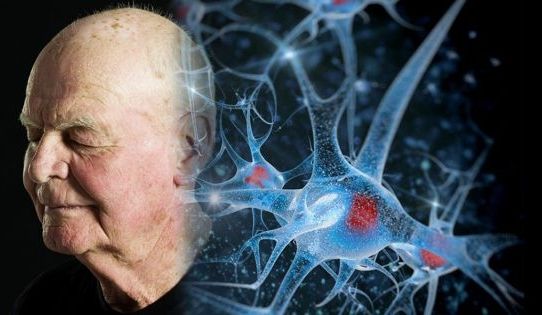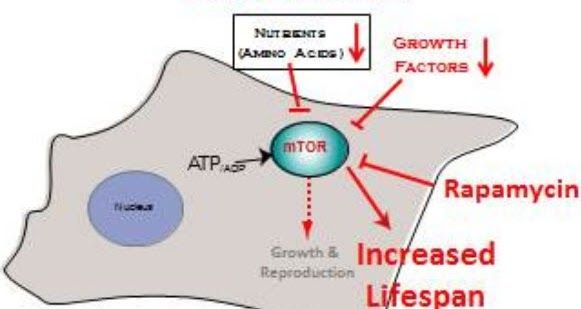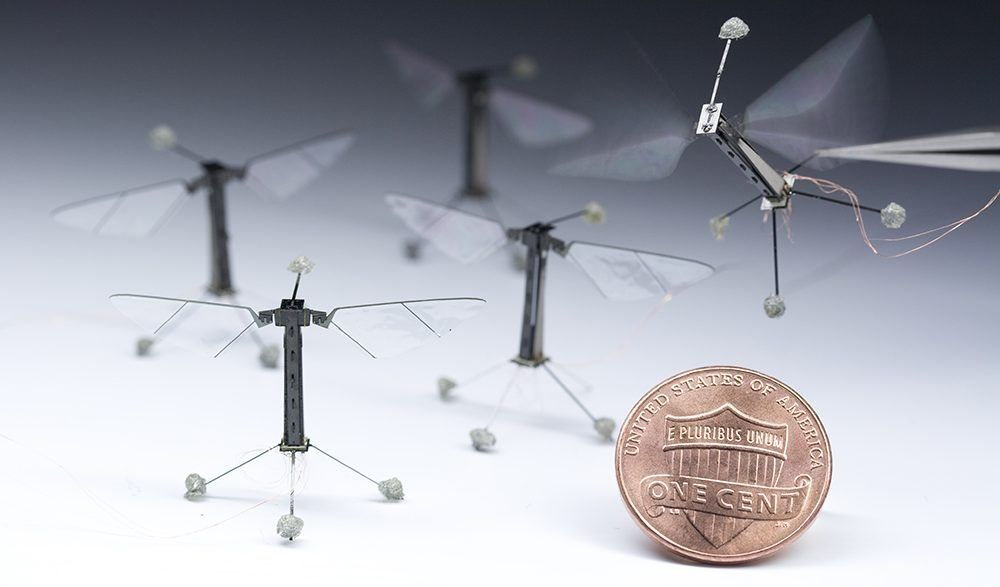Page 10870
Oct 7, 2016
Why Our Brain Cells Die: A Breakthrough in Fighting Neurodegenerative Diseases
Posted by Elmar Arunov in categories: biotech/medical, neuroscience
In Brief.
- Every year, more than 795,000 people in the United States have a stroke.
- A team of scientists has discovered a common mechanism chain leading to brain cell death which involves proteins eating away at a cell’s DNA.
A team of scientists has discovered that, despite having varied causes and symptoms, most brain diseases all share a common mechanism chain leading to brain cell death. The process, aptly named parthanatos after an enzyme called PARP and the Greek god of death, involves proteins eating away at the cell’s DNA.
Oct 7, 2016
Side Effects of Antiaging drug Rapamycin can be managed with lower doses and appears to improve the immune system, restore vitality and delay heart disease and dementia
Posted by Steve Hill in categories: biotech/medical, life extension, neuroscience
Rapamycin could lead to the development of drugs to delay some aspects of aging in particular the immune systems decline with age.
Nearly a decade of research showing that Rapamycin makes mice live up to 60% longer, scientists are trying it out as an anti-aging drug in dogs and humans.
Researchers at the University of Washington’s Dog Aging Project gave rapamycin to 16 dogs and imaged their hearts.
Oct 7, 2016
EU e-government report: countries should follow Estonia’s footsteps
Posted by Roman Mednitzer in categories: governance, government, internet
According to the European Union e-government report 2016, other countries should follow the steps Estonia has taken in e-governance and the availability of online services to the public.
Even though the report ranks the small Mediterranean nation of Malta as first in Europe for e-government services, it notes that Estonia has been capable of increasing its internet penetration in 2014–1015 and the awareness of its e-government services, “which were of high quality already”.
“Malta, Cyprus and Lithuania should follow the steps of Estonia, as they are very similar countries,” the report asserts.
Continue reading “EU e-government report: countries should follow Estonia’s footsteps” »
Oct 6, 2016
The quantum clock is ticking on encryption – and your data is under threat
Posted by Karen Hurst in categories: computing, encryption, quantum physics, security
Quantum computers pose a major threat to the security of our data. So what can be done to keep it safe?
Oct 6, 2016
Alien Implants Now Science Fact as DARPA Invades the Human Brain
Posted by Karen Hurst in categories: food, neuroscience, science, sustainability
Imagine a cow being branded on a farm. Now imagine your family dog being micro-chipped so he can be returned to his owners if lost. The next logical step from these commonly accepted practices include the tagging and observation of you. The only question is who is doing the tagging?
Oct 6, 2016
Project Originally Funded By DARPA Seeks To Replace Bees With Tiny, Winged Robots
Posted by Karen Hurst in categories: drones, food, information science, internet, military, mobile phones, robotics/AI, transhumanism
Got a bee shortage? No problem, DARPA has you covered.
Following the news that the honeybee is now officially an endangered species as “colony collapse disorder” accelerates, it seems that a Harvard research team has the solution – robotic honeybees. Instead of attempting to save the bees by reducing the use of pesticides or revising safety standards for cell phone radiation, the focus has shifted to replacing the bees altogether. Harvard University researchers, led by engineering professor Robert Wood have been tweaking “RoboBees” since their initial introduction in 2009. The bee-sized robots made of titanium and plastic represent a breakthrough in the field of micro-aerial vehicles. The size of the components needed to create flying robots were previously too heavy to make a such a small structure lightweight enough to achieve flight. Current models weigh only 80 mg and have been fitted with sensors that detect light and wind velocity.
Researchers claim that the bees could artificially pollinate entire fields of crops and will soon be able to be programmed to live in an artificial hive, coordinate algorithms and communicate among themselves about methods of pollination and the locations of particular crops. In addition, RoboBees have been suggested for other uses including searching disaster sites for survivors, monitoring traffic, and “military and police applications.” These applications could include using RoboBees to “scout for insurgents” on battlefields abroad or allowing police and SWAT teams to use the micro-robots to gather footage inside buildings.


















